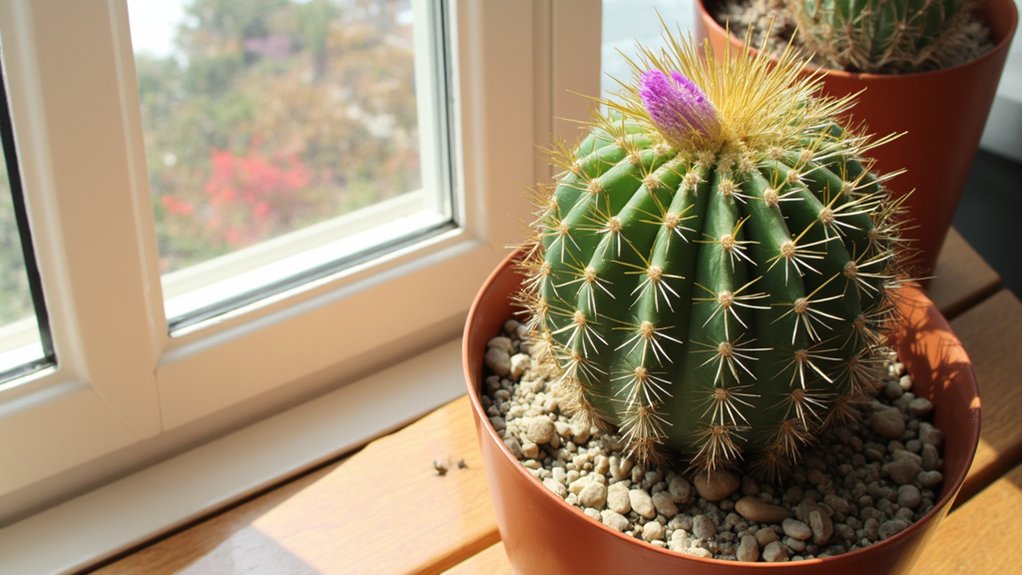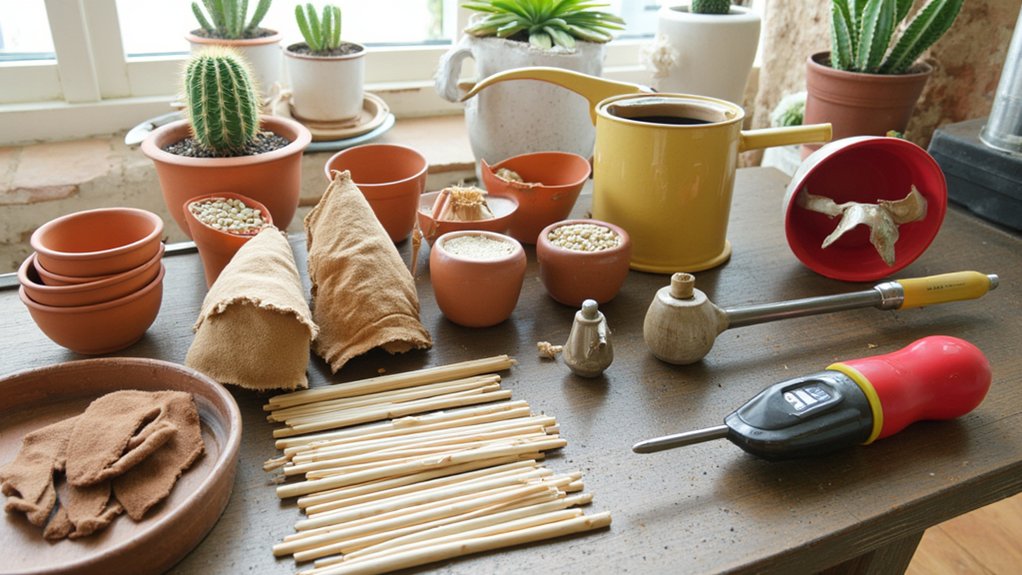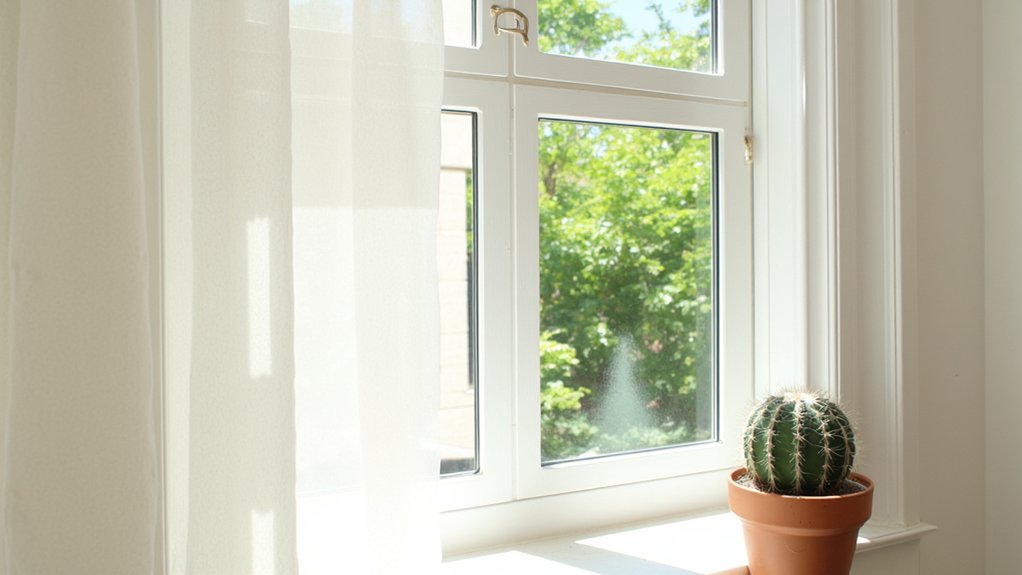Studies show that 85% of first-time plant parents give up on cacti within three months due to preventable care mistakes. You don’t have to become part of that statistic, especially when you’re working with beginner-friendly varieties like the Bunny Ears or Ball Cactus. While these desert dwellers are known for their resilience, understanding their basic needs can mean the difference between a thriving collection and a windowsill of withered specimens. Let’s explore how to keep your first cacti not just alive, but flourishing.
Contents
- 1 Essential Care Tips for Growing Beginner-Friendly Cacti
- 2 Top Recommended Tools and Supplies for Cactus Care
- 3 Best Indoor Locations for Your First Cactus
- 4 Common Mistakes to Avoid When Growing Cacti
- 5 Easy-to-Grow Cactus Species for New Plant Parents
- 6 Signs of a Healthy vs. Struggling Cactus
- 7 Seasonal Care Guide for Year-Round Cactus Success
Essential Care Tips for Growing Beginner-Friendly Cacti

While many people assume that growing cacti requires a green thumb, these hardy desert plants are actually some of the most forgiving houseplants you’ll ever care for. The key is providing the right growing conditions with minimal interference.
Your cactus needs well-draining soil, with a mix of 50% potting soil and 50% perlite or coarse sand. Place it in bright, indirect light for 4-6 hours daily, and water only when the soil is completely dry – typically every 2-3 weeks in summer and monthly in winter.
Maintain temperatures between 70-80°F during the day and 50-60°F at night. Resist the urge to fertilize more than twice during the growing season.
Top Recommended Tools and Supplies for Cactus Care

Now that you’ve mastered the basics of cactus care, you’ll need the right tools to keep your desert darlings thriving. Start with long-handled tongs and thick gardening gloves to safely handle spiny specimens, along with a 3-inch wooden stake for stability checks.
For planting and maintenance, you’ll want a set of small hand tools: a trowel, pruning shears, and a soil scoop. Don’t forget a moisture meter, which helps prevent overwatering, and a spray bottle with a 10% alcohol solution for pest control.
Keep specialized cactus potting mix, a bag of perlite, and 4-inch terra cotta pots with drainage holes readily available.
Best Indoor Locations for Your First Cactus

Finding the perfect spot for your first cactus can make the difference between a thriving plant and a struggling one. You’ll want to place your cactus within 3 feet of a south-facing window, where it’ll receive 4-6 hours of direct sunlight daily.
If you don’t have south-facing windows, east or west-facing locations can work, though you’ll need to position the plant closer to the window, ideally within 1-2 feet. Avoid north-facing windows, which typically don’t provide enough light.
Keep your cactus away from heating vents, air conditioners, and drafty doors. A room temperature between 70-80°F during the day and 50-60°F at night is ideal.
Common Mistakes to Avoid When Growing Cacti
Even though cacti are known for being hardy plants, many new growers make preventable mistakes that can harm or kill their desert companions.
The most common error is overwatering, which leads to root rot. Water your cactus only when the soil is completely dry, typically every 2-3 weeks during growing season and monthly in winter.
Don’t place your cactus in direct afternoon sunlight without gradual acclimation. Morning sun or bright, indirect light works best for indoor specimens.
Using regular potting soil instead of fast-draining cactus mix is another frequent mistake. Your soil should contain at least 50% inorganic material like perlite or pumice for proper drainage.
Easy-to-Grow Cactus Species for New Plant Parents
While many cacti require specialized care, several beginner-friendly species will help you develop your green thumb without frustration. The Bunny Ears Cactus (Opuntia microdasys) needs just 4-6 hours of sunlight daily and monthly watering, making it perfect for indoor growing.
You’ll find success with the Ball Cactus (Parodia magnifica), which thrives in bright, indirect light and tolerates occasional overwatering. Its round shape and yellow blooms add cheerful character to any windowsill.
The Christmas Cactus (Schlumbergera) adapts well to normal household conditions, flowering reliably each winter when kept at 60-70°F with bi-weekly watering during growing season.
Signs of a Healthy vs. Struggling Cactus
How can you tell if your cactus is thriving or struggling? A healthy cactus displays firm, evenly colored flesh without soft spots or discoloration. You’ll notice steady growth during warm seasons and plump, upright stems.
Watch for warning signs in your plant. Brown or yellow patches indicate sunburn, while black spots often mean root rot. If your cactus appears shriveled or deflated, it’s likely underwatered, while a mushy, translucent appearance suggests overwatering.
The spines should be intact and firmly attached—loose or falling spines signal distress. New growth at the crown and vibrant coloring during flowering seasons are reliable indicators that you’re providing proper care.
Seasonal Care Guide for Year-Round Cactus Success
Since different seasons bring unique challenges for cacti, you’ll need to adjust your care routine throughout the year. During spring and summer, water your cacti every 7-10 days, and provide bright, indirect sunlight for 6-8 hours daily.
Fall signals the start of dormancy preparation. Reduce watering to once every 2-3 weeks and stop fertilizing by September. Move plants away from cold drafts near windows.
In winter, your cacti need minimal care. Water only every 4-6 weeks, and maintain temperatures between 55-65°F. Place them in the brightest spot available, as winter sunlight is weaker, but protect from frost on windowsills.
